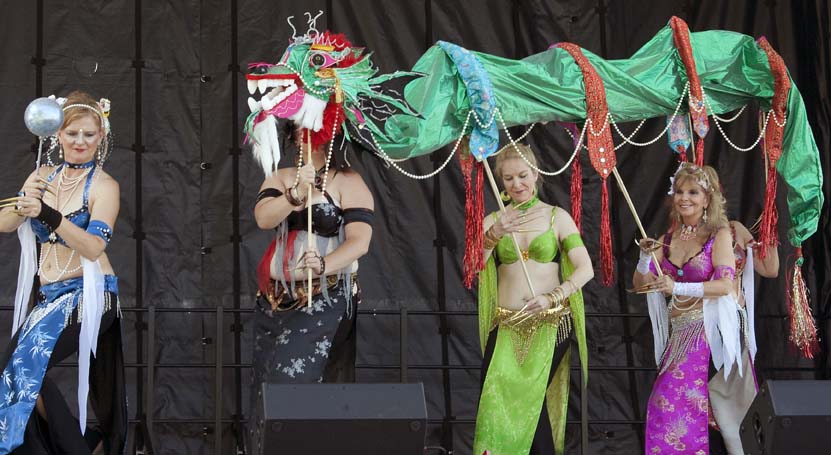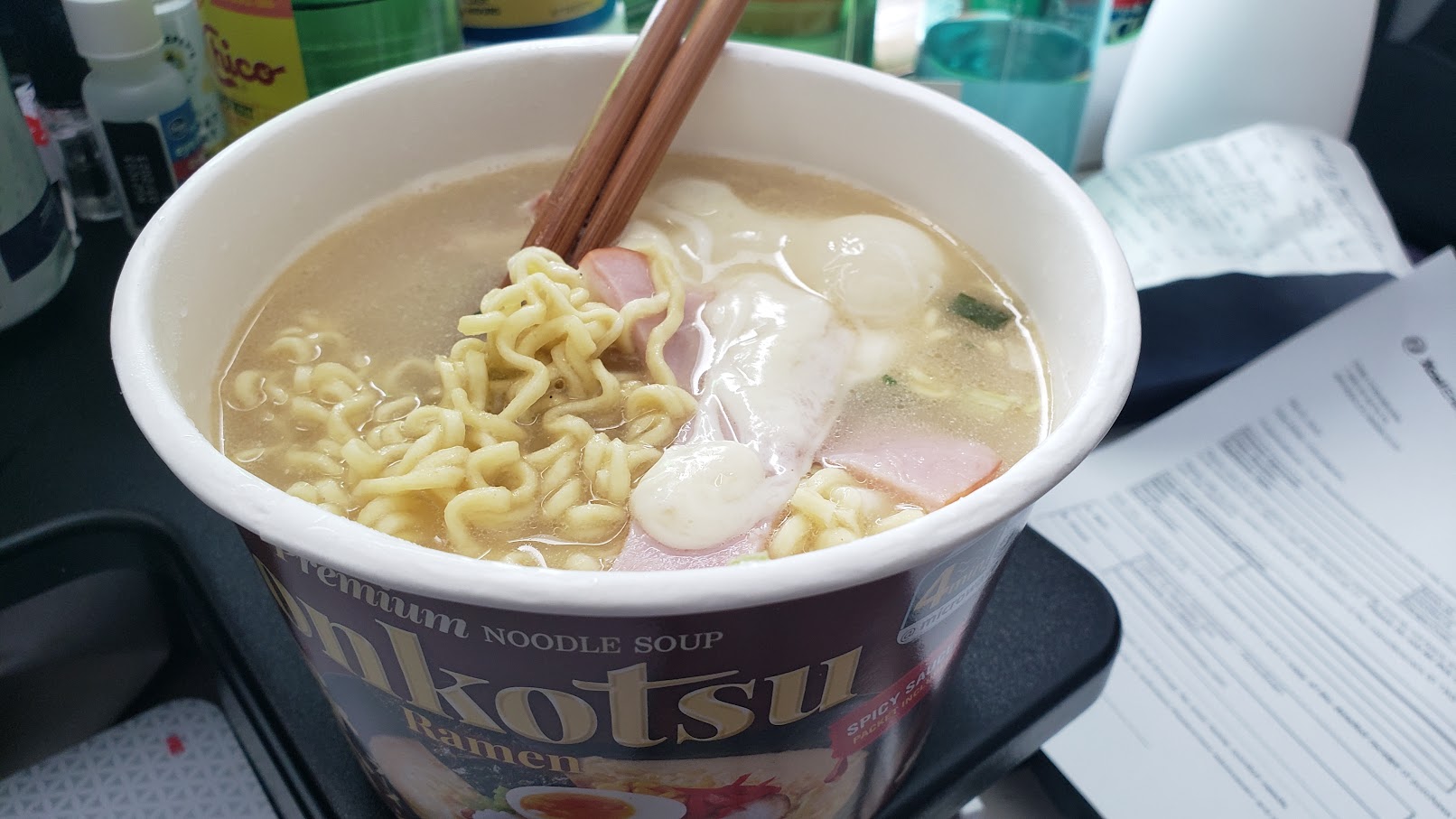March 17, 2014
[caption id="attachment_5534" align="aligncenter" width="520"]

This group performed a combination Middle Eastern belly dance and a Chinese dragon dance together at a festival. It was NOT authentic.[/caption]
I read with interest a recent Salon commentary by novelist Randa Jarrar provocatively titled “
Why I can’t stand white belly dancers.” She made the point that the popularity of “belly dancing” in the U.S. often has nothing to do with the rich cultural heritage that “Eastern Dance” has in the Middle East, where she grew up. She calls out "Arab drag" at restaurants and argues with Caucasians who take up Arabic-style dancing.
Jarrar notes the origins of American belly dancing in 1890s “side-show sheikhs” with their harems of exotic dancers.
This history of Arabic
cultural appropriation has similar historic parallels in the use of
blackface minstrelsy and the introduction of Asian images in the American pop culture of the late 1800s and early 1900s. By today’s standard’s
Al Jolson singing “Mammy” or the ghastly fake-Japanese of
Gilbert and Sullivan’s “The Mikado” seem ludicrous, but they were common ways that Asians and blacks were portrayed more than a century ago.
You’d think we’ve progressed – and we have, in many ways. But think back just a few months ago to the American Music Awards, and
Katy Perry’s ghastly faux-Orientalist performance that featured the proverbial everything-including-the-kitchen-sink array of props that signaled “Japan” and “The Orient” without actually being authentic Japanese or Asian. Just imitation Asian, like the imitation Middle Eastern exoticism of belly dancing.
In recent years a similar discussion has gone on around the
origins and current state of yoga, and how far Westerners have taken it from its Hindu spiritual roots to a mere healthy-living fad.
A couple of days after Jarrar’s opinion piece, a response essay came from a white attorney, Eugene Volokh, who blogs for the Washington Post.
His equally provocatively-titled piece,
“What would Salon think of an article called, ‘Why I can’t stand Asian musicians who play Beethoven’?” reminded me that people – even smart people -- don’t get it.






